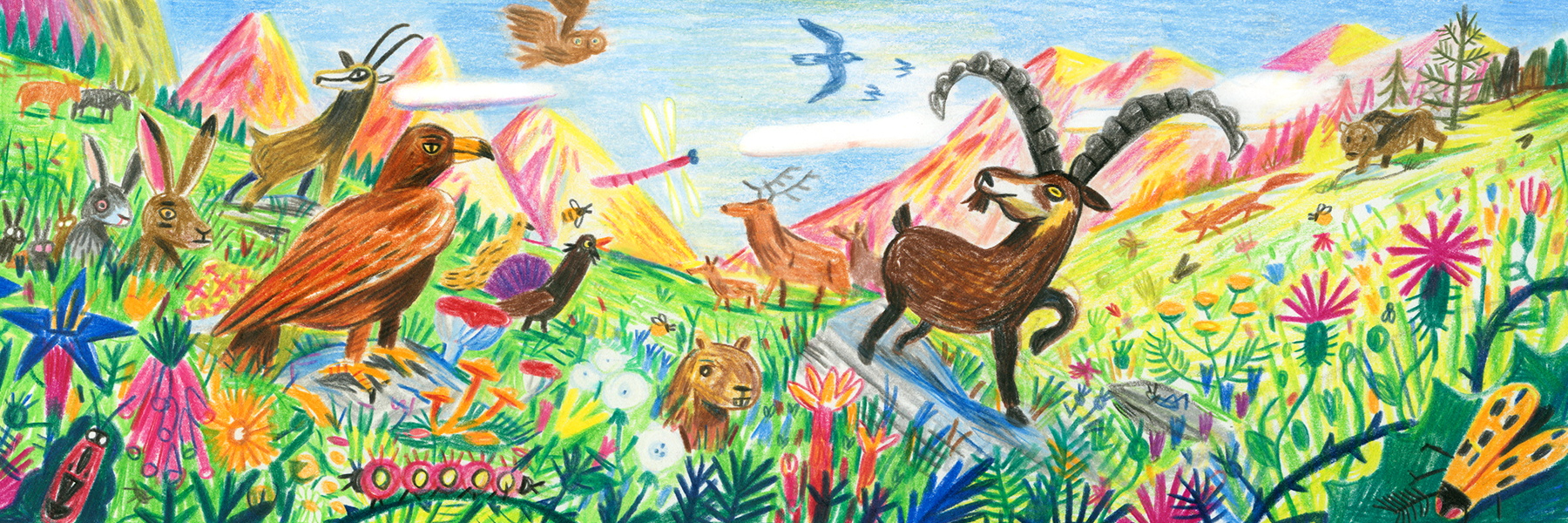
All primates share same vision system

The visual system in all primates is the same – regardless of size. This is the finding of an international study of the gray mouse lemur.
“As the different primate species cover a wide range of sizes, we were led to wonder whether this basic computing unit scales with body or brain size. Is it simplified or miniaturized, for example, in the world’s smallest primate, the gray mouse lemur?” asked Daniel Huber, professor in the Department of Basic Neurosciences at the University of Geneva Faculty of Medicine.
He and his Geneva research colleagues – in collaboration with the Max Planck Institute in Göttingen, Germany, and the National Museum of Natural History in Paris – focused their study on the Madagascar lemur, which weighs barely 60 grams.
The visual system of primates has been the subject of extensive scientific research for over a century. The authors of the latest study have found that unlike other mammals such as rodents, visual data in primates is processed by “pixels” using small dedicated computing units located in the visual cortex.
Using an optical brain imaging technique, they presented geometric shapes to the lemurs and took images of the neurons responding to the visual stimuli. Repeated measurements gradually allowed them to determine the size of the minimal processing unit.

More
Voters to decide on basic rights of primates
“We expected to see a unit of tiny size, proportional to the small size of the mouse lemur, but our data revealed that they measure more than half a millimeter in diameter,” said Huber in a press releaseExternal link describing the findings, which have been published in the journal Current Biology,
The results show that modern humans have similar visual abilities to those of our primate ancestors. They also reveal that the visual system can’t be compressed. So in lemurs, which have outstanding vision, more than a fifth of the cerebral cortex is dedicated to visual processing. In humans, the neural circuits related to vision occupy barely 3% of the brain.
Huber added that the study “highlights the crucial importance of conserving the habitat of primate species such as the mouse lemur, particularly in the forests of Madagascar. These habitats are disappearing at an alarming pace, taking with them precious keys to understanding our own origins”.

More
The Swiss Alps are beautiful, but are they biodiverse?

In compliance with the JTI standards
More: SWI swissinfo.ch certified by the Journalism Trust Initiative
















![The four-metre-long painting "Sonntag der Bergbauern" [Sunday of the Mountain Farmers, 1923-24/26] had to be removed by a crane from the German Chancellery in Berlin for the exhibition in Bern.](https://www.swissinfo.ch/content/wp-content/uploads/sites/13/2025/12/01_Pressebild_KirchnerxKirchner.jpg?ver=a45b19f3)










Join the conversation!